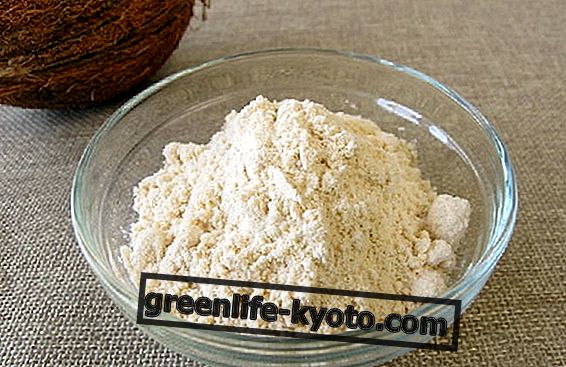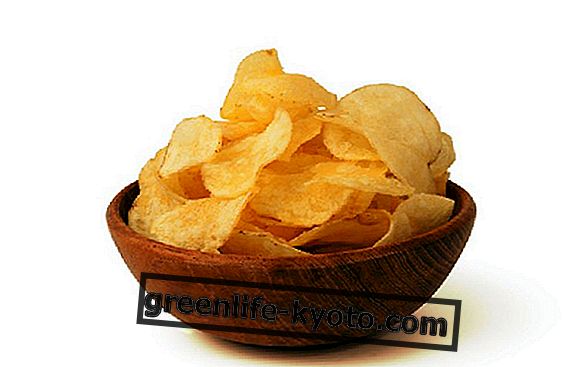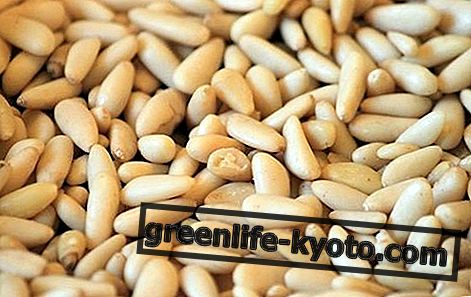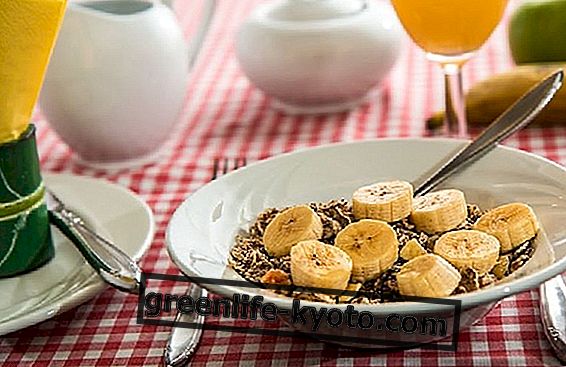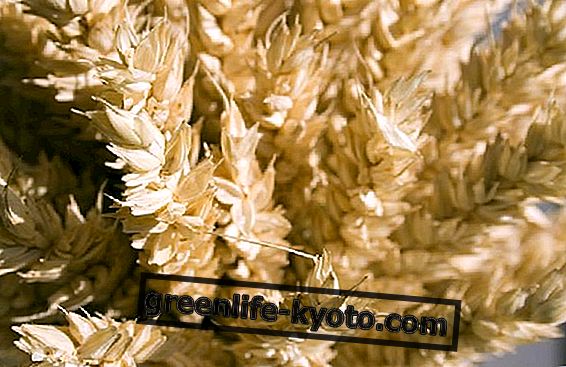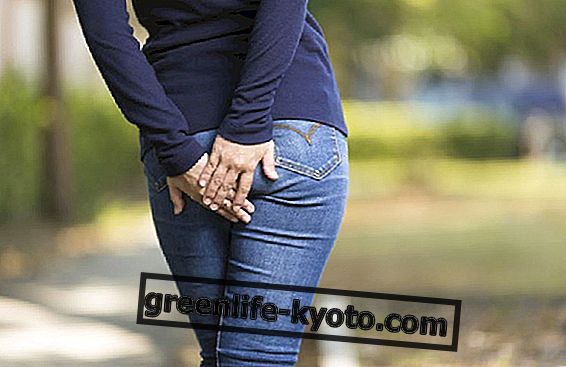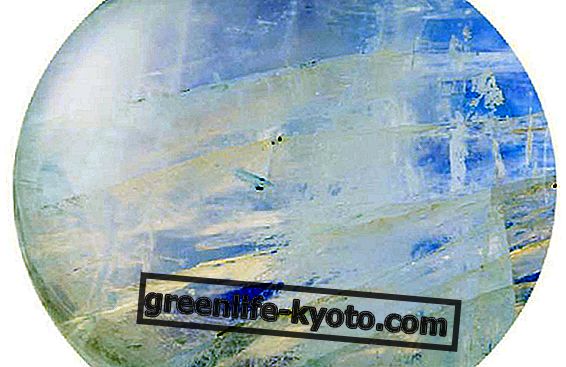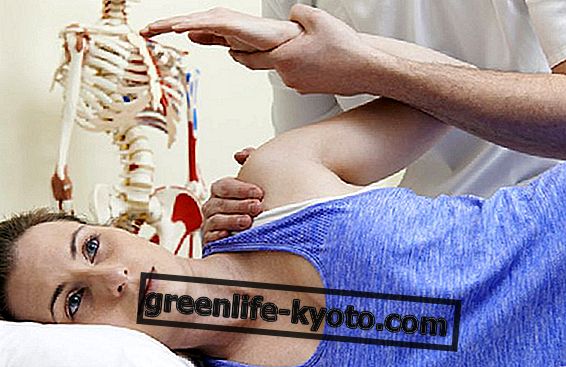
In pregnancy, there are many tricks that can be taken to relieve heaviness in the legs. In this delicate period, in fact, it is always better to avoid taking, for internal use, substances with therapeutic activity, even if they are herbs and medicinal plants, to avoid possible side effects on the fetus.
Pregnancy is a special moment that puts a strain on the venous circulation of the legs. 70% of women in the third trimester of pregnancy have problems with varicose veins or heaviness in the lower limbs.
During the wait it is easy to find yourself with swollen and painful feet, ankles and legs in the evening, especially in the heat. This is a typical disorder of this period, but destined to disappear after giving birth.
The causes of heaviness in the legs
The feeling of tension and heaviness in the legs is generally the first sign of venous stasis, that is the slowing down of the blood flow from the periphery of the body to the lungs and heart. In the legs, the veins must push the blood from the bottom upwards, with sufficient force to counteract that of gravity. When the veins lose elasticity and tone, the blood stagnates inside the capillaries because it struggles to climb. In addition, a part escapes and accumulates in the tissues, causing swelling. The greater the venous stasis, the weaker and more dilated the veins.
This stagnation is due to the considerable increase in the rate of progesterone, one of the hormones that regulates the delicate mechanism of conception and gestation and that after the first trimester promotes a vasodilation of the circulation at the level of the pelvis, with consequent congestion of the veins and tendency to development of varicose veins .
During the second, but above all the third trimester of pregnancy, the increase in the volume of the uterus, which contains the fetus, determines a compression on the veins of the pelvis which in turn involve a difficulty in "discharge" of the veins of the legs which tend to dilate and turn into varicose veins.
Pregnancy also represents a potentially risky situation due to the development of superficial phlebitis or deep venous thrombosis . Changes in venous circulation and the hormonal changes that occur cause an increase in the incidence of these events which, if not properly recognized, can lead to serious problems. Usually gynecologists carry out blood coagulation screening (a simple blood test) in the early stages of gestation. This is to identify in advance the patients who may present coagulation problems in the continuation of the pregnancy.
Fortunately, in many cases, once the birth has been completed, within a few weeks, the situation re-enters and the dilation of the veins and the congestion of the venous circulation are rapidly attenuated. In subjects predisposed and who presented some risk factors for the development of varicose veins even in the pre-pregnancy period, it is not certain that the situation falls, indeed, pregnancy is a factor so to speak that promotes the development of varicose veins.
Remedies for the heaviness of the legs
In pregnancy the remedies for heaviness in the legs consist of products for external use to be applied on the lower limbs and devices aimed at improving the functionality of the circulatory system, which act without putting the child's safety at risk.
- Wear elastic stockings : you can wear special elastic stockings that improve circulation; the use is recommended both during pregnancy, choosing the models for pregnant women that expand in life, and immediately after birth, to accelerate the disappearance of leg disorders. Recent studies have shown that these stockings, equipped with a special spinning, considerably reduce the presence of evident capillaries and varicose veins, as they exert a decreasing compression from the ankle to the thigh, performing a beneficial massage. It is also true, however, that during the summer it becomes difficult to "bear" them, alternatively it can be very healthy to the sea, taking walks with the lower limbs immersed in water.
- Making movement: physical activity, in fact, stimulates the muscle pump by promoting the rise of blood from the bottom upwards. The most suitable activities for the health of the legs in pregnancy are swimming and long walks, with comfortable shoes and not too fast pace. The important thing is that the movement becomes a daily habit, dedicating at least half an hour a day. Also water gym and lymphatic drainage massages are recommended (if there are no contraindications by the gynecologist). Other types of gymnastic activity are not very useful and in the third quarter are in fact unworkable.
- Healthy nutrition: avoiding excesses of any kind, in particular sugar and fat. Go ahead instead to foods rich in fiber, such as cereals, fruit, vegetables, dried legumes, which also help intestinal activity. Try to avoid smoking. Through an appropriate diet, in fact, you can take all the red fruits, blueberries, currants, raspberries with a capillaroprotective action, naturally rich in vitamin C and antioxidants : this is the only way to take internally beneficial substances for the circulatory system.
- Use anti-fatigue creams: for an immediate sensation of lightness and freshness you can use creams, gels or sprays, which attenuate the swelling in the legs, based on horse-chestnut, butcher's broom, red vine and essential oils of the circulatory system. It is necessary to apply these products adequately, through a light massage, from the ankles to the heart.

